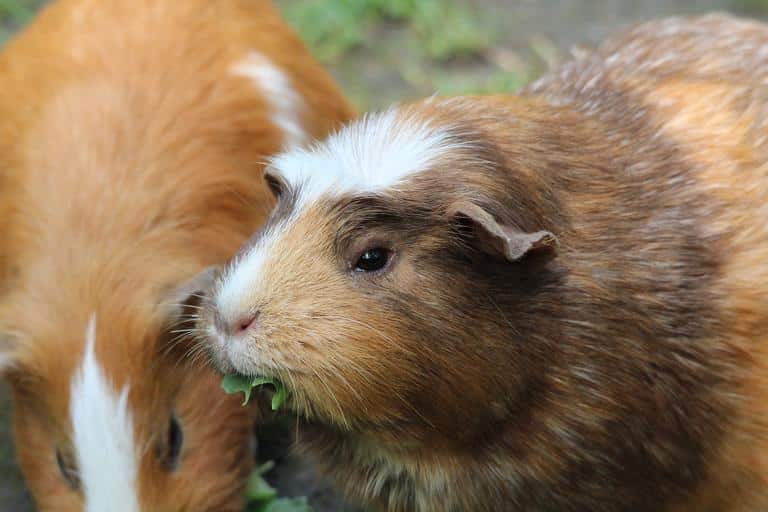
When was the last time you visited with a friend only to have their children frog march you out to the back yard to view their latest acquisition which you knew little about, their pet Guinea pig? They are quite fascinating animals who have not always been domesticated as they are today, so just where do they come from and how did they get that strange name?
Well, Guinea pigs are technically known as Cavies, and they are a part of what we know of as the rodent family.
Now although they have only come into prominence in the past few decades, they have actually been around for a very long time, and in fact a number of fossils have been found which indicate that Guinea pigs were around as far as 18 million years ago. Who said they were a new pet?
They used to be much larger than they are today, and again, going back to those fossils, it has been found that they averaged 9 feet in length! That’s some Guinea pig!
Now where do they come from? Well they originated in South America, and were first domesticated by the Incas. They were both a religious Icon, and sadly a source of food, and this is still the case even today in parts of Peru, Bolivia, and Ecuador. In many parts of Peru they are thought very highly of because of their apparent ability to heal the sick and bring comfort and solace to the dying as they move into the next life.
These lovely creatures came to Europe and America courtesy of the sailors who brought them to sell for, guess what, a Guinea, and that is where part of their name came from.
The pig part of their name came about because of the funny squealing noise they make and their resemblance to actual pigs.
One of their claims to fame is that they have been popular in the field of research and who I wonder has never heard the expression ‘being a Guinea pig’?
They have proved to be a great help to medical science, but sadly at the cost of many Guinea pigs lives. They have helped save many human lives, at the cost of their own. Does the end justify the means? Dear reader, you must decide that for yourself. Still today Guinea pigs are used for research purposes, but mostly in the area of genetics and hereditary matters, and we are assured that they are not harmed in any way.
In the South American country of Peru Guinea pigs are held in such esteem that they often are given as gifts to people, and they are involved in ceremonial occasions. You may be surprised to learn that a rodent could be so well loved, but a recent survey placed Guinea pigs just behind dogs, cats and rabbits in the popular pet league.
Well now, the next time your friend’s children show you their latest pet I think you will look at it with different eyes.





